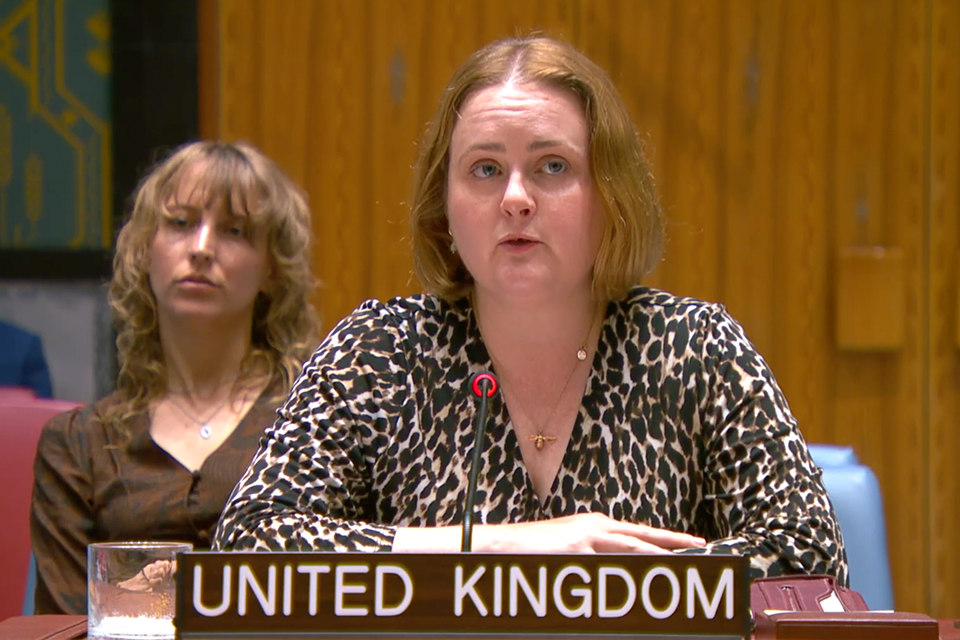I couldn’t help releasing a deep sigh of relief, reading Sand Talk by Australian academic Tyson Yunkaporta; there is hope out there and one line has stayed with me ever since: “The assistance people need is not in learning about Aboriginal Knowledge but in remembering their own.” It felt like a quiet invitation — to look for guidance in the land where we live. It got me thinking about the rituals and traditions of British folklore culture, could they bring us closer to nature? Could they help us reconnect with our most authentic selves? I began to wonder whether the simple act of getting dressed, something so everyday, so overlooked, might hold more power than we realise. Could fashion, in its most grounded and intentional form, become a kind of ceremony?
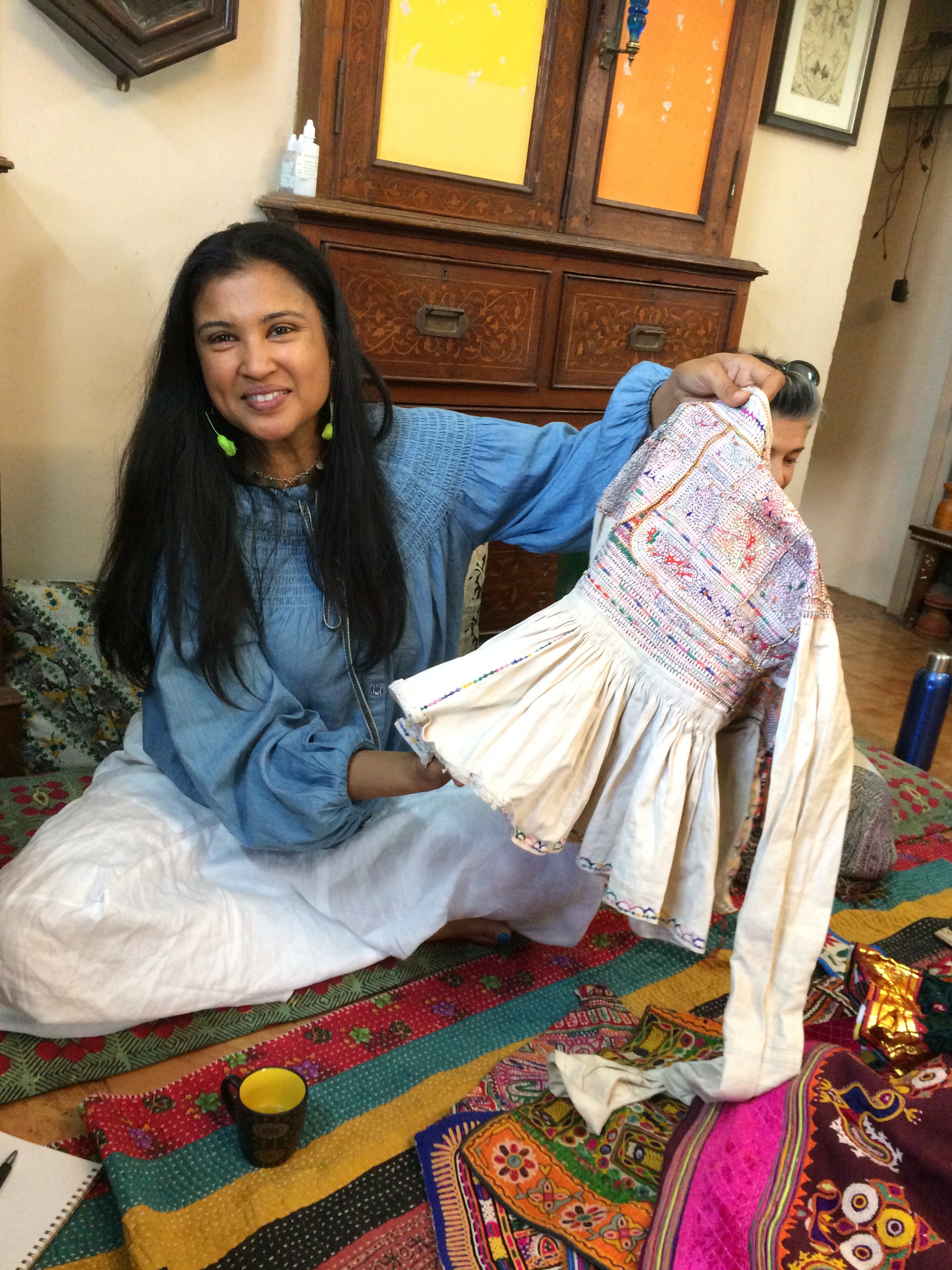
As the climate crisis forces us to question the systems we inhabit, a growing number of voices are asking us to reimagine fashion not as consumption, but as ceremony. For designer and educator Karishma Kelsey, clothing is a spiritual act. “To dress is to check in with your mauri – your life force,” she explains. “It’s a way of asking: How am I today? What am I calling in? What am I offering?” In her practice, rooted in Indigenous wisdom and social justice, dressing is not about image but alignment. A handwoven turmeric-dyed cotton dress becomes an act of grounding. A coat stitched with ancestral techniques becomes a shield of strength.
Kelsey’s project Miraculous Me, invites people to rediscover this sacred relationship with their clothes. “Garments live closest to our skin,” she says. “They shape how we move through the world, how we feel ourselves, and how we’re felt by others. They are our second skin – and often, our first story.”
This daily ritual of getting dressed – when guided by intuition rather than trends – can become a site of resistance. She explains: “When we dress as meditation we create a sacred pause. A space where we are not performing or consuming – but simply being.” This, she believes, is how we begin to heal our relationship with the Earth: not through guilt, but admiration. “Once you feel that intimacy with Gaia, the soil, you can no longer imagine harming her.”
Looking at how we can move away from fast fashion Kelsey says: “When we return to nature as our teacher, we remember we are not separate. The garments we wear were once seed, leaf, bark, and breath. They hold mauri too – the life force of land and water, sun and soil. When we honour that, dressing becomes a relationship, not a transaction. Reconnecting with nature through our clothing rituals invites us into bioregional consciousness. This means choosing materials that grow where we live, wearing fibres and dyes that reflect our seasons, and supporting local makers whose hands carry the wisdom of place. When we dress bioregionally, we don’t just consume less, we feel more. We become attuned to the land’s rhythms. We move in sync with nature’s cycles, not fashion’s churn. We get to this space … but the act of meditative dress, this act of creatively dressing every day … making art every day … playing every day … Creating joy and in the play connecting to true authentic self.”
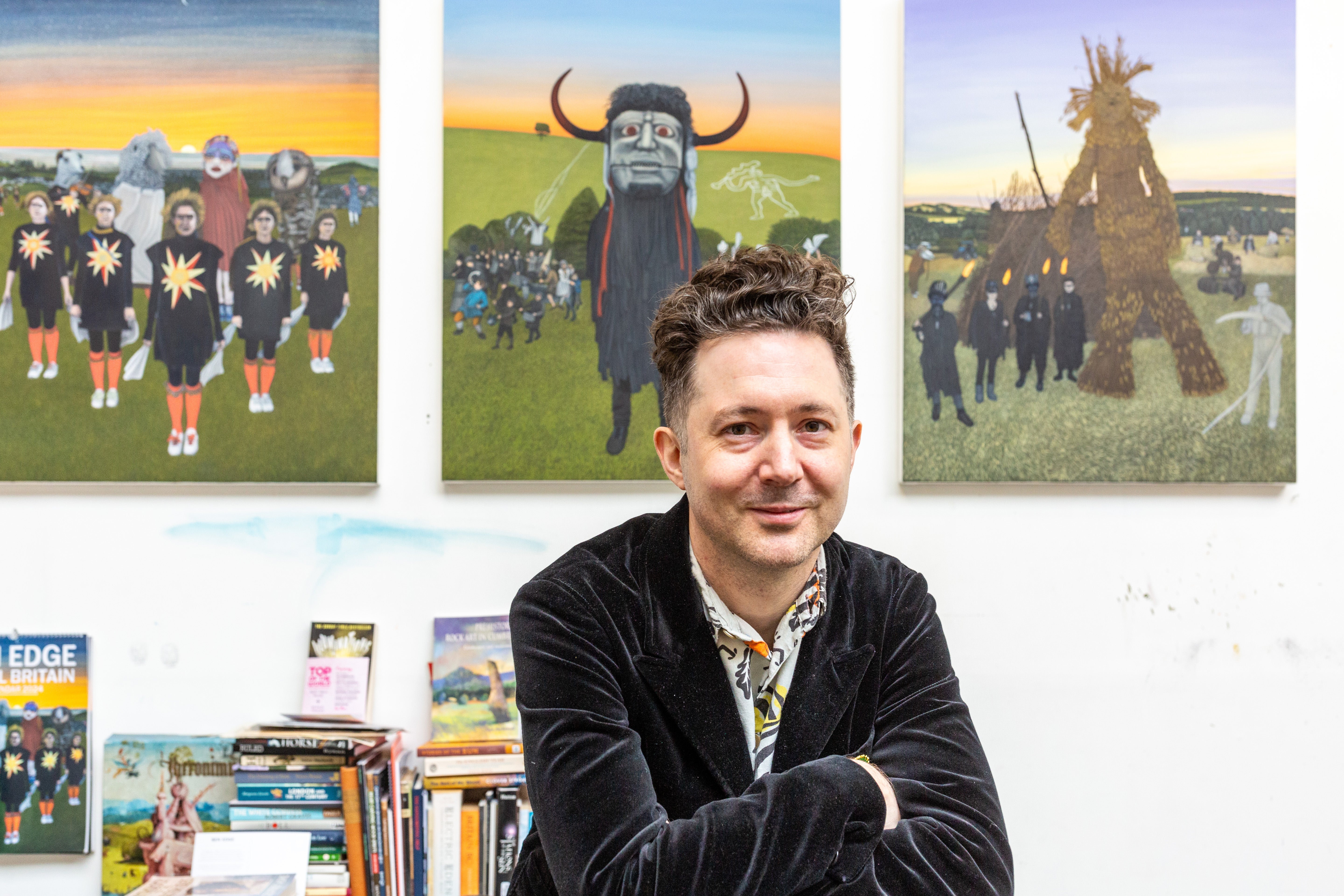
Could the answer to fashion’s over consumerism lay within our own land? Artist and folklorist Ben Edge offers another route into the ceremonial. For over a decade, he has documented Britain’s regional folk customs —strange, joyful, often deeply local traditions that bind communities to place and season. Far from nostalgic eccentricities, he sees them as stories for reconnection. “They remind us we’re part of nature,” Edge says. “Not just in the wider sense, but in life’s seasons – death, rebirth, transition.” Reflecting on his journey around the UK, he says: “When I go to these things, it reminds me that I’m plugged into a wider human experience.” The many customs, from Jack-in-the-Green (Hastings) to the Saddleworth Rushcart (Greater Manchester) represent a collective creativity passed down shaped by generations. “They’re the celebration of our shared humanity, but also a celebration of our own uniqueness. Manifestations of the collective community creativity, which is basically regional folk culture”.
-MAN-MADE-NATURE-Ben-Edge-(2022)-copy.jpg)
Edge acknowledges the apparent contradictions: the traditional costumes worn with trainers, ritual coexisting with pop culture. But to him, this fusion is the point: “I realised the power is in showing these traditions as they are – alive, evolving, rooted in the now.” In doing so, he believes they inspire a psychological shift. “You start thinking about where the packaging comes from in your supermarket. I’m not saying folk rituals can save the world, but collectively the energy that the folk customs brings is in the individual. I think it could have a huge impact and even with clothes, people make all these beautiful costumes. It inspires personal creativity. It’s an antidote to that monoculture, that’s mass produced.”
His own sculptures blur this line further – floral offerings made not of flora, but plastic and paper. he says: “I wanted to ask: if we’re nature, are the things we make nature too?” For Edge, the answer is yes – and with it comes responsibility. Children of Albion is his next exhibition at Fitzrovia Chapel in November, taking a deeper dive into British folklore and mythology.
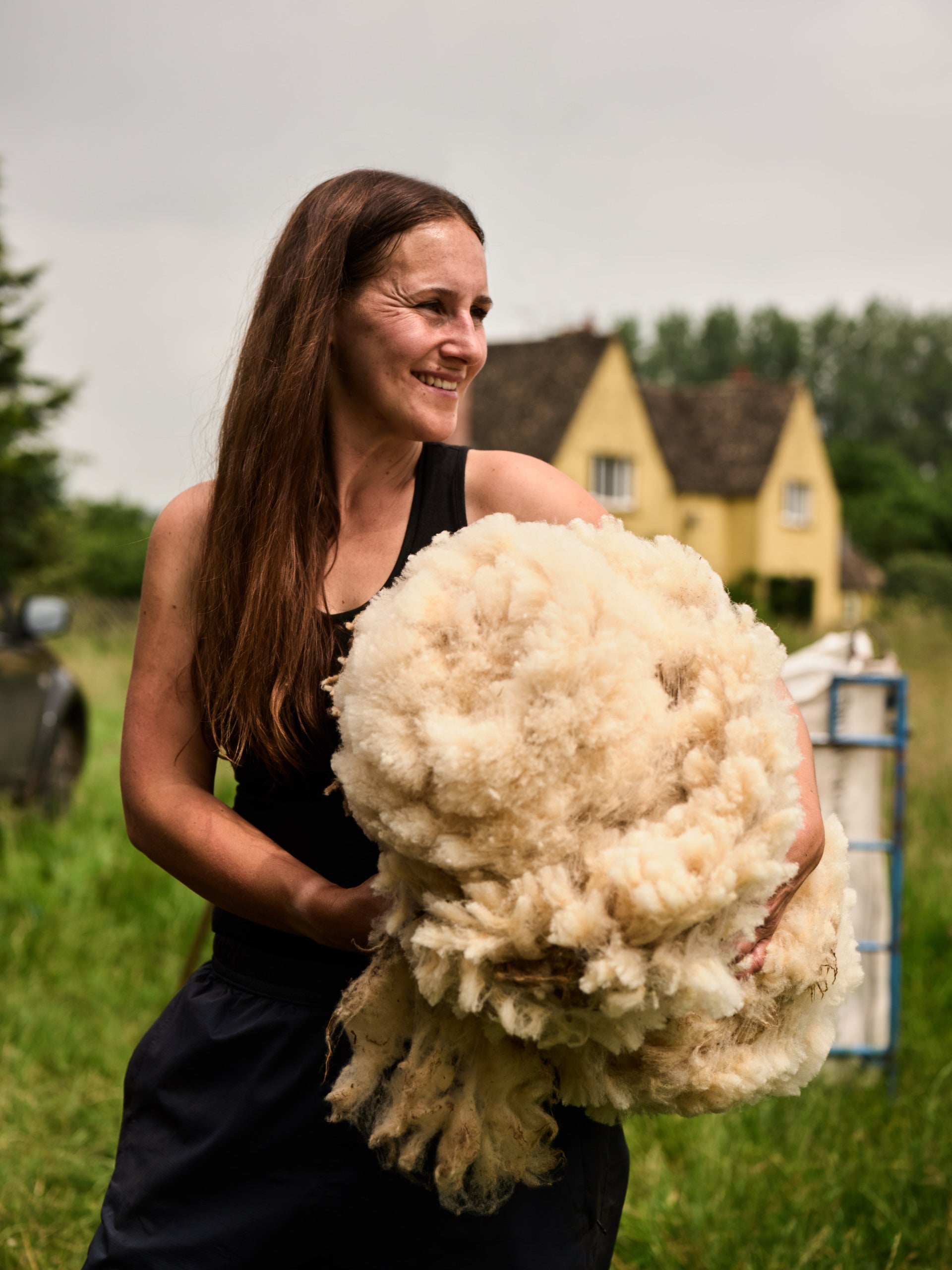
Regenerative farmer and knitwear designer Katie Allen embodies another form of slow resistance. From Great Cotmarsh Farm in Wiltshire she works in sync with the seasons, raising 100 per cent pasture-fed livestock and creating hand-knitted heritage garments from their wool.
Allen resists the term “ceremony” believing it is too laden with grandeur or religiosity. But she acknowledges that farming has long held seasonal rituals, many lost when rural families moved to cities during industrialisation.
She says: “Working within an organic farming system, which is founded upon an acute awareness that we are interdependent with nature, that respects soil health and wildlife, means you must work in a way which replenishes and sustains – and that can be bountiful in the long term but perhaps create limits initially. It’s about patience, letting go of control and having faith in the journey. This is a humbling framework to work within and it keeps you grounded in the fragility of our existence.”
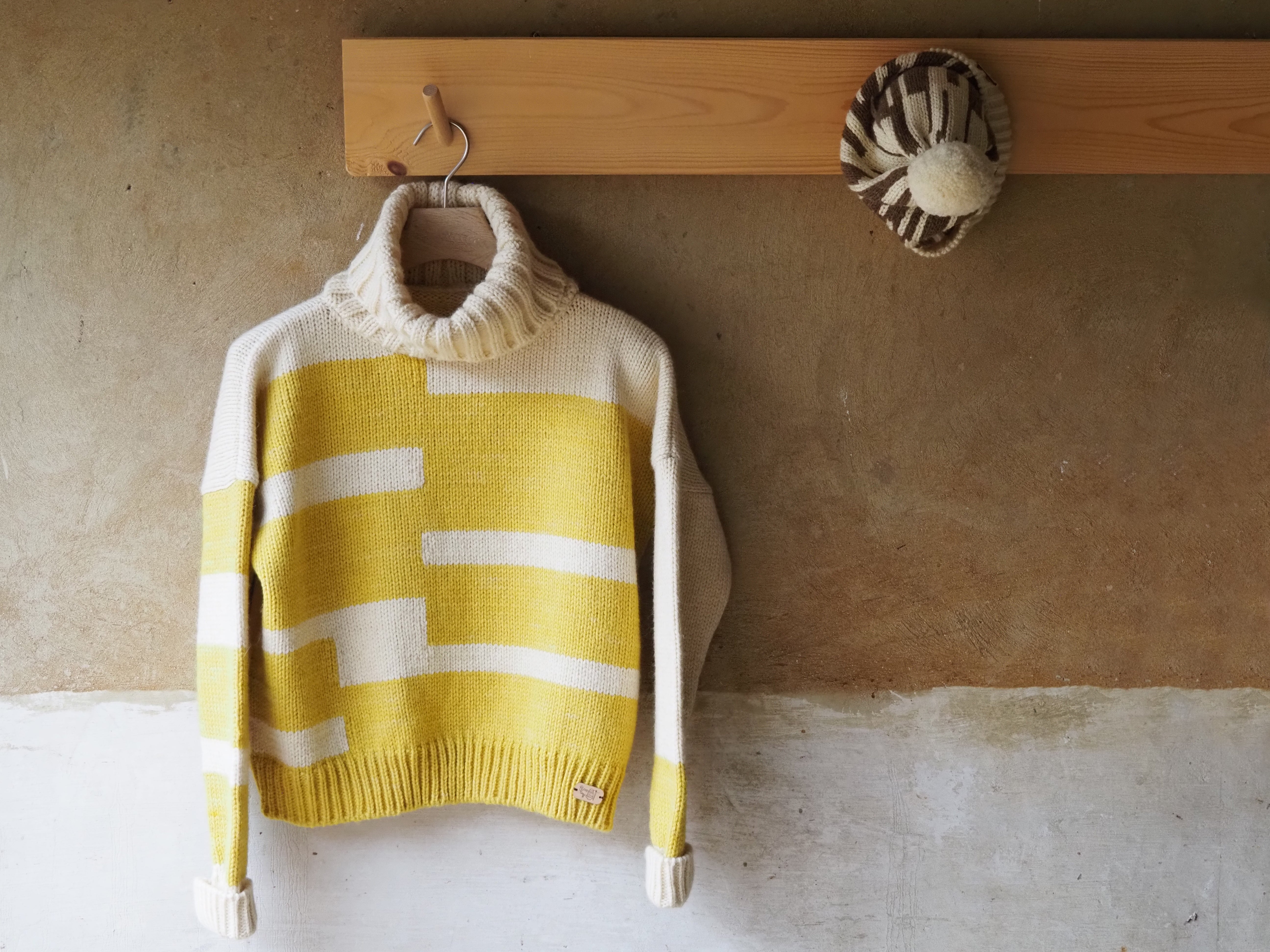
Her knitwear, born of this ethos, is slow by necessity. It honours the land and the labour that sustains it. She explains: “The speed of fashion feels in opposition to nature. Much like the landscape plays a role in dictating what amount we can grow sustainably on our farm, hand making my knitwear is similar. Time to make each garment is a limiting factor in how much I can produce – and the land dictates how much wool we grow.
“The process of crafting a jumper is slow, each step is done with thought and precision using the hands – I don’t thread a machine, press a button and walk away from the process. This limits my production capacity, which gives the piece I am making more meaning. I see my knitwear as a creative output of a healthy landscape, limited by nature and what she can afford to share.”
Across their practices, these three voices weave a common thread: a longing for reconnection. Whether through intuitive dressing, a folkloric renaissance or regenerative craftsmanship, each offers a path toward clothing not as commodity, but communion.
As an alternative to fast fashion unboxing and digital fatigue, fashion-as-ceremony offers something radical: the chance to slow down, to remember, and to feel ourselves as part of something much older and more meaningful than the latest trend.
In an era of climate anxiety, fast fashion, and endless scrolling, it’s easy to feel detached from the natural world. But could that disconnection be driving our desire to consume more – especially when it comes to what we wear? W e’re conducting a short survey to explore how our relationship with nature affects our fashion habits, and whether social media plays a role in shaping our choices. It takes just a few minutes, your input is completely confidential and will help provide insight into modern attitudes on sustainability and consumption.
Survey: Are we disconnected from nature? And is it fuelling fashion overconsumption?

